Personal Productivity
The Importance of Shutdown Rituals in Personal Productivity
AUTHOR: María Sáez
Implementing a shutdown ritual can be one of the biggest habits you can adopt if you’re serious about improving your overall well-being.
In the context of productive habits, a shutdown ritual means taking a few minutes at the end of the day to think about what you’ve done, organize your work for the next day, and disconnect from work, both physically and mentally.
This closing shift helps you consciously end your workday and sets the stage for a peaceful rest and a fresh start the next day.
What’s its purpose?
The main purpose of the shutdown ritual is to create a clear division between professional and personal time, avoiding work concerns interfering with your personal life. If, as a dedicated GTD practitioner, you don’t distinguish between professional and personal work, the purpose of the shutdown ritual remains the same: to indicate the end of the workday, regardless of what this means for you.
Its function goes beyond simply “shutting down the computer”: it seeks to achieve a mental state of completeness, where the mind is able to disconnect knowing that everything important has been captured, reviewed, and organized for the immediate future.
This habit acts as a mental release mechanism that allows us to process what has happened during the day, evaluate the progress made, and prepare the optimal conditions for the next day. Essentially, it’s an act of responsibility towards ourselves that ensures we don’t lose valuable information, or leave loose ends that can generate additional stress.
If you decide to do this type of review every day, then the habit of daily planning that we talked about in our last post would be part of this routine.
How does it benefit you?
The advantages of implementing a shutdown ritual are multiple, and can be seen both professionally and personally:
- Significant stress reduction. By capturing all pending ideas, commitments, and concerns, the mind can genuinely relax during rest hours. There’s nothing more exhausting than constantly trying to remember what you have to do tomorrow.
- Improved sleep quality. A mind that has properly “closed” the day can rest without interruption. Recurring thoughts about pending tasks, which often appear just when we try to sleep, practically disappear.
- A more productive start for the following day. Beginning the day knowing your priorities and tasks helps you avoid those first few minutes of morning confusion. From the moment you sit down to work, you know exactly what to do.
- Greater sense of control and progress. Reviewing your accomplishments throughout the day gives you a more realistic perception of your personal and professional progress, combating that feeling of “not making any real progress.”
What are the alternatives?
Although a structured shutdown ritual is the most complete option, there are more informal alternatives that can offer similar benefits:
- Free journaling: This simply involves writing for 10-15 minutes about your day, without any specific structure. It can help you process emotions and thoughts that are on your mind.
- To-do list for the next day: A simplified version that consists solely of writing down the 3-5 most important tasks for the day ahead.
- Mental review during your commute: For those who have long commutes to work, using that time to mentally review the day can serve as an informal way to close the day.
- Physical disconnection ritual: Turning off devices, tidying up your workspace or doing some transitional activity (such as walking or listening to music) can mentally mark the end of the working day.
- Talking with your partner or family: For some people, sharing the events of the day with loved ones helps them process and close out the day.
How should it be done in general?
An effective shutdown should include the following key elements:
- Complete capture: Review your workspace, scattered notes, emails, and anywhere else you may have written down commitments or ideas during the day. Everything should be logged into your trusted system.
- Processing inputs: It’s not enough to just capture them; you have to decide what each item means. Is it a task? A project? Interesting information? Something to delegate? Each input must be clarified and placed in the right place.
- Review your progress: Take a few minutes to acknowledge what you’ve accomplished during the day. This doesn’t just make you feel good, but it also gives you a realistic view of how productive you’ve been.
- Planning for the next day: Identify the most important tasks for tomorrow and make sure you have all the information you need to carry them out smoothly.
- Physical and digital order: A tidy workspace contributes significantly to a clear state of mind. Take a few minutes to tidy up your desk and close unnecessary applications.
- Transition moment: Include a ritual that psychologically marks the end of the workday: it can be as simple as consciously shutting down your computer or taking a few deep breaths.
The entire process shouldn’t take more than 15-20 minutes, but it’s important to be consistent and not skip steps because you’re in a hurry.
How should you proceed if the methodology you use is GTD?
In the context of Getting Things Done, the shutdown ritual becomes a mini-review that complements the Weekly Review.
- Capture things to do: Capture the loose notes you have generated during the day in your trusted system. If ideas for improving processes, thoughts about long-term projects, or any relevant insights have come up, capture them in your system so you can process them later.
- Empty your inboxes: Completely process your physical, digital, and mental inboxes. Everything you’ve received throughout the day should be clarified according to the GTD flowchart.
- Update context lists: Make sure that new actions are correctly categorized by context (@calls, @computer, @errands, etc.). This ensures the next day you can choose what to do based on your actual situation.
- Review the next day’s schedule: Be aware of your commitments in order to schedule your time between them. Also, check if any preparation is required for upcoming meetings or appointments.
- Identify critical next actions: What specific next actions will move your most important projects forward? Doing this will allow you to choose the most important actions to take the following day.
In GTD, the shutdown ritual isn’t just about organization; it’s about maintaining the system so you can rely on it completely.
What should you do if you use FacileThings as a personal management tool?
FacileThings is specifically designed to make GTD implementation easy, turning the shutdown ritual into a smooth and systematic process.
- Capture all your pending tasks and thoughts using the Capture option.
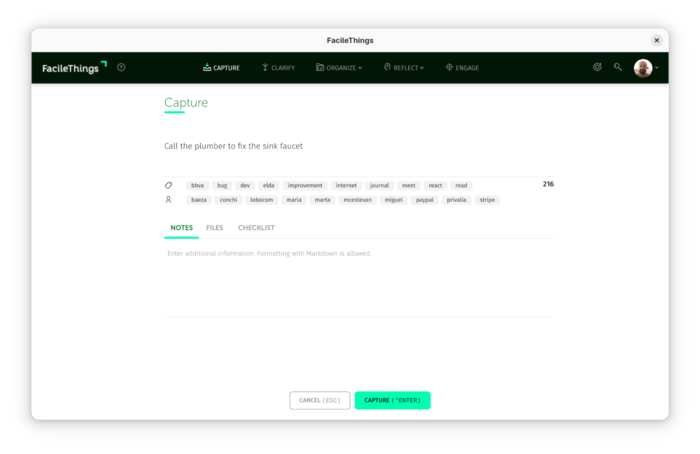
- Process your Inbox completely using the Clarify option. This option guides you through the GTD flowchart, helping you decide what to do with each item efficiently. During this process, you will add context tags related to each action, so that your context lists are automatically updated.

- Review the Engage stage panel and make sure that all completed tasks have been marked as done. If you have any tasks in the calendar that you haven’t done yet, rearrange them appropriately. In the Next Actions list, make sure that the most important short-term actions have the “focus” mark activated so that they’re always present in your upcoming decisions.
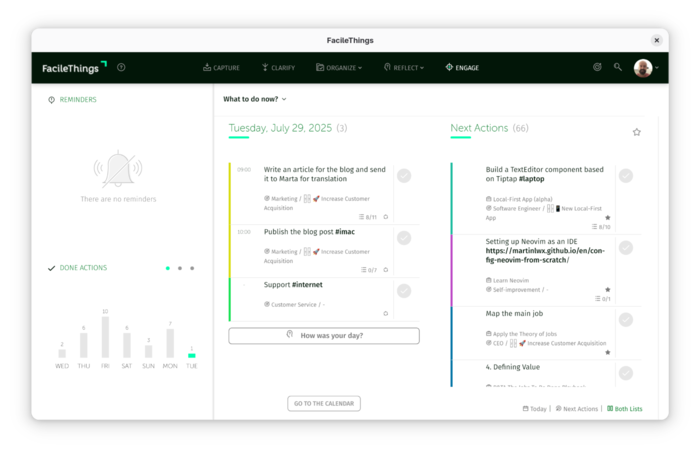
- Go to the Calendar list to see what tasks you have assigned for tomorrow and anticipate what time slots you’ll have available for the remaining tasks.
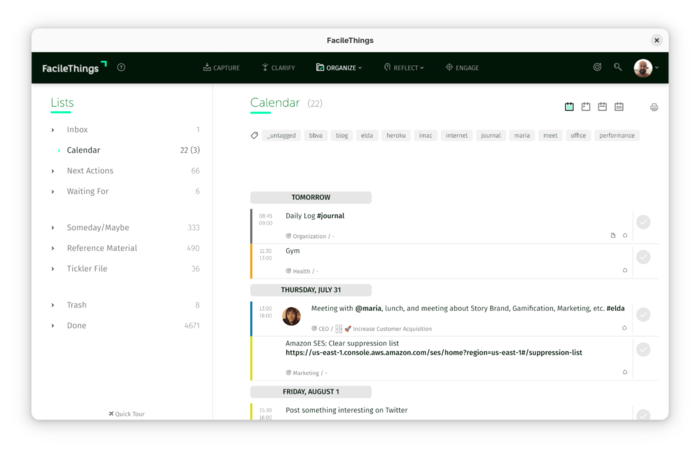
- Keep in mind the general points we mentioned above.
The great thing about using FacileThings in your daily shutdown ritual is that all of the info is in one place, and the app walks you through the process, making it easier and more likely that you’ll keep it up over time.
Conclusion
Daily shutdown rituals are a small time investment that brings big returns in terms of productivity, well-being, and quality of life. It’s not just an organizational technique, but an act of self-care that lets you consciously separate work from rest.
The key for success isn’t in the perfection of the process, but its consistency. It’s better to do a simple but daily wrap-up rather than one that’s elaborate but sporadic. Over time, this habit becomes second nature, fundamentally transforming the relationship you have with your work and your free time.
The human mind isn’t designed to consistently keep multiple commitments in active memory. These closing shifts are, essentially, a way to work with our neurology instead of against it, creating the conditions for sustainable productivity and lasting well-being.




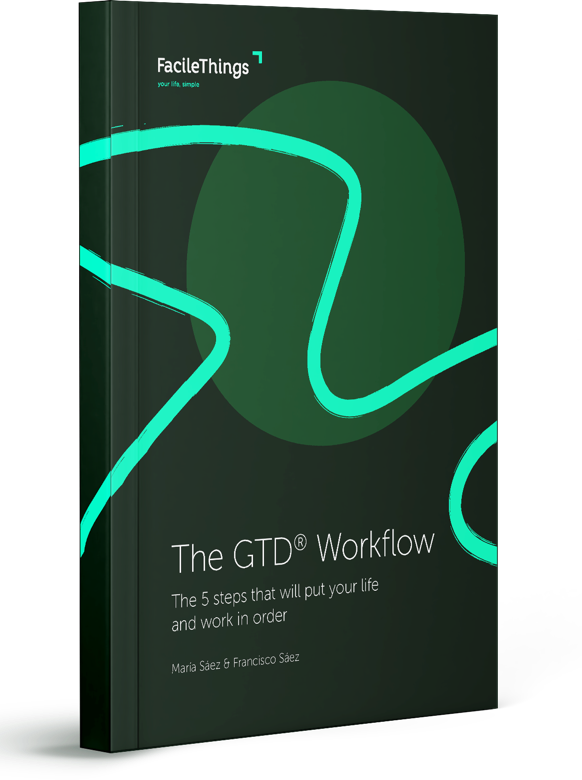
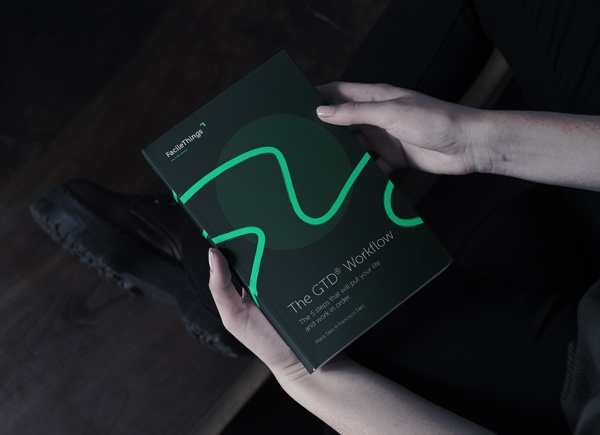
2 comments
This is a great habit to get into. Will FacileThings have a guided shutdown ritual in the future? The provided guided Weekly Review is mighty. With the addition of a guided shutdown process, FacileThing could empower its users to a higher level of productivity and self-assurance.
This is a great habit to get into. Will FacileThings have a guided shutdown ritual in the future? The provided guided Weekly Review is mighty. With the addition of a guided shutdown process, FacileThing could empower its users to a higher level of productivity and self-assurance.
Hi Cyrus,
Building a guided shutdown ritual is not in our backlog yet, but we will be submitting it for public consultation, along with many other possible improvements, in the near future.
Thanks for the suggestion! :)
Hi Cyrus,
Building a guided shutdown ritual is not in our backlog yet, but we will be submitting it for public consultation, along with many other possible improvements, in the near future.
Thanks for the suggestion! :)